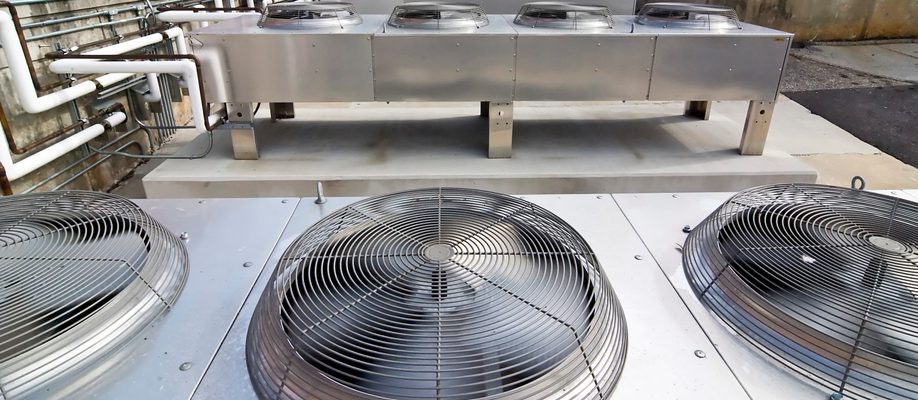
In the realm of building infrastructure, ensuring proper air circulation and maintaining a healthy indoor environment are of paramount importance. Two commonly used systems that contribute to this are ventilation systems and ventilating exhaust systems. While they may seem similar at first glance, there are crucial differences between the two. This article aims to shed light on these distinctions, providing a comprehensive understanding of their functionalities and applications.
- Definition and Purpose:
A ventilation system refers to a network of components designed to supply fresh air and remove stale air from an enclosed space. Its primary purpose is to maintain indoor air quality by diluting pollutants, controlling temperature, and regulating humidity levels. On the other hand, a ventilating exhaust system focuses primarily on removing contaminants, odors, and excess moisture from a specific area, such as a kitchen or bathroom. - Components and Configuration:
Ventilation systems typically consist of air intake vents, air filters, fans, ductwork, and exhaust vents. These components work together to facilitate the exchange of indoor and outdoor air. In contrast, ventilating exhaust systems primarily comprise exhaust fans, ductwork, and exhaust vents. The configuration of both systems depends on the specific requirements of the building and the areas they serve. - Functionality and Airflow:
Ventilation systems utilize a balanced approach, ensuring a continuous supply of fresh air while simultaneously expelling stale air. They achieve this by maintaining a consistent airflow rate, which can be adjusted based on occupancy and environmental conditions. Ventilating exhaust systems, however, focus on expelling air from a specific area, creating negative pressure that draws fresh air in from other parts of the building. This targeted approach effectively removes pollutants and prevents their spread to other areas. - Applications:
Ventilation systems find wide-ranging applications in various settings, including residential, commercial, and industrial buildings. They are essential for maintaining a healthy and comfortable indoor environment, reducing the risk of airborne diseases, and improving overall well-being. Ventilating exhaust systems, on the other hand, are commonly employed in areas where the generation of pollutants is concentrated, such as kitchens, bathrooms, laboratories, and manufacturing facilities. - Energy Efficiency and Sustainability:
In terms of energy efficiency, ventilation systems can be designed to incorporate heat recovery mechanisms, allowing for the transfer of thermal energy between the incoming and outgoing air streams. This helps to reduce energy consumption and minimize the environmental impact. Ventilating exhaust systems, while focused on pollutant removal, may not prioritize energy recovery to the same extent.
Conclusion:
In summary, while both ventilation systems and ventilating exhaust systems contribute to maintaining a healthy indoor environment, they differ significantly in their purpose, components, functionality, and applications. Understanding these distinctions is crucial for selecting the appropriate system for a given space. By considering factors such as air quality requirements, pollutant sources, and energy efficiency goals, building owners and professionals can make informed decisions to create optimal indoor environments.

